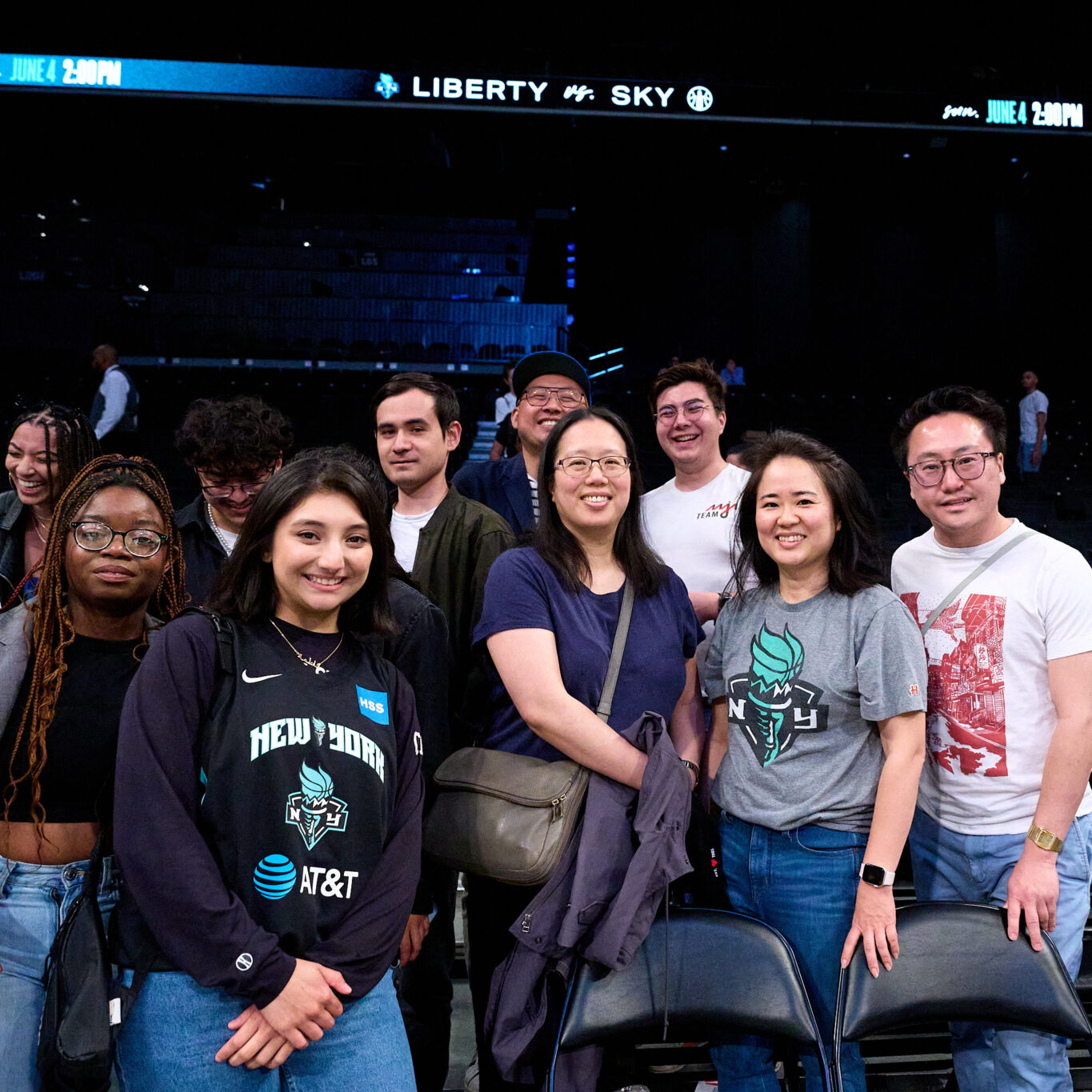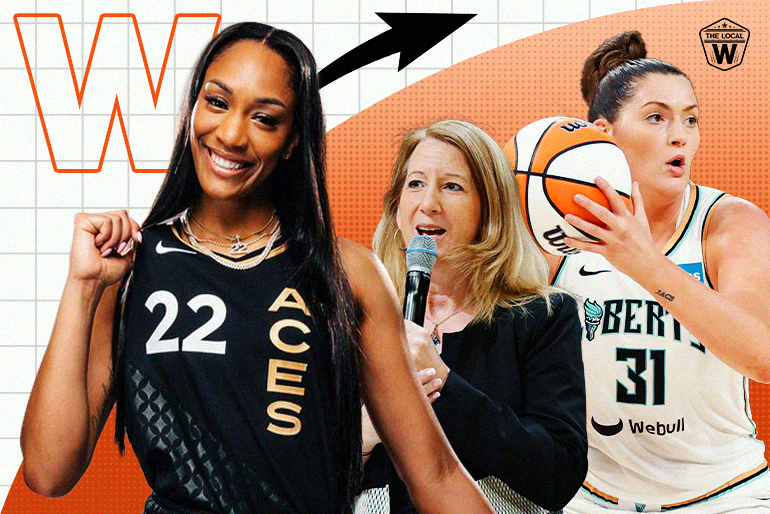The WNBA continues to find its footing. In its 26th season, the league has grown from its 1997 roots—and has an exciting future. Fans are getting to know the players in the college ranks and walking with them on their professional journey. More people are tuning in to games and following the players across social media. The league has also made inroads with blockbuster movies and gaming consoles.
The league is growing, but it has more room to go. So, how can the WNBA continue to grow its cultural footprint?
Free the Game
To best understand this, fans can look to the advice of the Triple Threat Pod‘s Juanita Anderson.
“The game is best when the game is free.”
Juanita Anderson
When the game is easy to find and easy to reach, more people will tune in. Getting people to a game is one step; keeping them for the long haul is another. Before the New York Liberty vs. Las Vegas Aces game on Aug. 6, A’ja Wilson discussed the importance of accessibility.
It’s super valuable. I think it’s something we’re going to see a lot of later on, because I think it does matter. I’ve always said, ‘If you can see her, you can be her,’ and you can’t see us if we’re through all these different kind of channels because we’re human and we like things like *that.* So, I think this is huge for us and obviously it’s gonna be a good game, but this matters.
At her media availability for Liberty vs. Aces at Barclays Center, WNBA Commissioner Cathy Engelbert spoke about the topic as well.
It’s an excellent question; it’s something we’ve been working on clarifying. When are games on, where are they on?
We have, when you look at our fan data and our viewership data, we have a different fan than maybe some of the men’s sports. We have a more ‘lifestyle’ viewer who is watching ABC more than they might be watching one of the other networks. So it is important that we get that exposure through ABC […].
As the WNBA heads into a potentially league-altering television negotiation, having games on broadcast TV is critically important. The league’s popularity has grown over time and shows that exposure matters when growing the game. The average attendance is close to 6,700 per night, which is the W’s highest since 2018. Television ratings are also on pace to mark the league’s most-viewed season in 20 years.
With the changing nature of TV, having games where everyone can access them matters more than ever. Prior to the game on Aug. 6, Stefanie Dolson spoke about the importance of nationally televised, marquee games like Aces vs. Liberty:
It’s huge. I think Sandy [Brondello] said it before: any exposure that we can get is incredible. … I think our league is growing and it’s just going to continue to grow when we have opportunities like this.
When the league has opportunities to bring more eyeballs to the game, it opens up more opportunities down the line.
Front and Center

The great thing about having a dedicated fanbase is that it gives room to grow. With that solid foundation, a team can expand to reach new fans, accomplished in part by partnering with stars that have big fanbases and attract diverse audiences. Pop culture drives culture, and when teams connect with stars that are on the rise, they climb alongside them.
Teams also build strong bonds by making a difference in the lives of people in the city and building community across generations. Being good neighbors on and off the basketball court goes a long way to creating a community with fans worldwide.
Following the Liberty vs. Dallas Wings contest on Aug. 19, we asked Stef Dolson how the WNBA can expand its cultural footprint.
I think expanding our viewership, expanding our fans, the type of fans that we have. I think more people are getting more interested in watching the WNBA, and that starts with something like [Amazon] Prime. So many people in the world have Prime, so they’re able to watch our games. And then the Barbie collab, that’s another fan base that maybe we wouldn’t have had before. And so with WNBA All Star being as big as it was, I think it’s just growing our fans and our viewership, and I think it’s a good thing. I think the league should keep doing what they’re doing to continue growing.
Basketball is for everybody, and creating as many fun, inclusive spaces as possible is a way to go to grow.
The Next Generation

Fans come in all shapes and sizes. Basketball is a welcoming game and allows anyone to play and take part. Creating space for new fans is part of the joy of the game and ensures that all generations get to enjoy the WNBA. With that openness comes a push to make the W more accessible for younger fans.
At media availability, Pepper Persley asked Engelbert about what the WNBA is doing to grow the game in the youth ranks.
We have a lot of programs in youth sports. We did a bunch of things around activations and youth sports around our All Star game. When I went up to Toronto for our first ever Canada game because we need to broaden internationally, too. We’ve actually grown the ranks of youth girls basketball by I think a million over the past couple of years since since the pandemic.
We do know there are challenges with young girls. When they hit that 12,13,14 [age], they drop out of sports at alarming rates compared to their male counterparts. So we have to keep at it. We have our “Her Time to Play” platform. Our players are really, really motivated to be involved in youth sports. We’ve got to keep girls in sports.
Making inroads in the youth ranks ties everything together. Have the games in a place that is easy to find? Check. Partner with people young fans enjoy and introduce the game to a new demographic? Check. Create programming and environments that allow young girls to stay in and have fun playing sports as they get older? Check. If the league works to be as inclusive as possible, the results will follow.
To close, the words of Kate Fagan in Hoop Muses come to mind.
Across time and geography and race, women have always longed to play, in whatever context available to them.
– Kate Fagan
Words to live by and something to keep in mind in growing the WNBA’s culture.

